The Anatomy of a Smart Home Breach: Understanding Hacker Tactics and Defense Strategies

Introduction
Smart homes offer unparalleled convenience, but they also present new security challenges. As smart home adoption rates soar, so do the risks of a security breach. In this article, we'll dissect a real-world example of a smart home breach to understand the hacker's tactics and how you can defend against them.
The Initial Entry Point: Weak Passwords
The most common entry point for hackers is weak passwords. In our case study, the hacker gained access to the smart home system by cracking the password of an IoT device.
Defense Strategy: Always use strong, unique passwords for each device and change them regularly. Consider using a password manager to keep track of your passwords.
Stage 2: Network Mapping
Once inside, the hacker mapped out the network to identify all connected devices. This is often done using tools that scan for open ports and vulnerabilities.
Defense Strategy: Regularly update your devices to patch any known vulnerabilities. Disable unnecessary ports and services on your devices.
Stage 3: Device Exploitation
After identifying the devices, the hacker exploited known vulnerabilities to gain control over them. In this case, they took control of the smart thermostat and security cameras.
Defense Strategy: Keep your devices updated with the latest firmware. Manufacturers often release updates that fix known security issues.
Stage 4: Data Harvesting
Hackers often harvest data from compromised devices. This could include personal information, video footage, or even voice recordings.
Defense Strategy: Limit the amount of personal data stored on your devices. Use encryption wherever possible.
Stage 5: Lateral Movement
In more advanced attacks, hackers may try to move laterally across the network to compromise other devices or even your main computer.
Defense Strategy: Use network segmentation to limit the ability of hackers to move laterally. Keep your most sensitive devices on a separate network.
Stage 6: Exit and Cover Tracks
Before exiting, skilled hackers will often try to cover their tracks by deleting logs or even installing malware to give them future access.
Defense Strategy: Regularly check and monitor logs for any suspicious activity. Use security software that can detect and remove malware.
Conclusion
Understanding the anatomy of a smart home breach can empower homeowners to take proactive steps to secure their network and devices. By staying updated on the latest security practices and being vigilant, you can enjoy the conveniences of a smart home without compromising on security.





